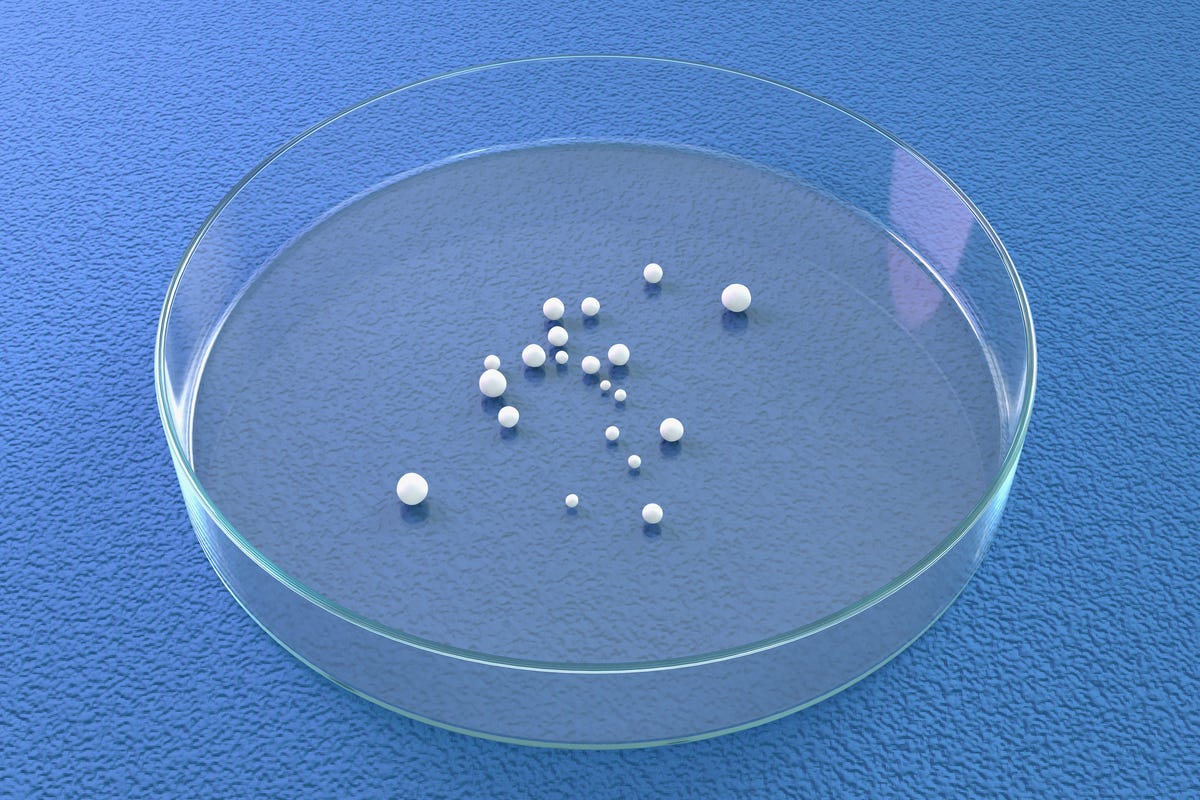by STAY DIMITROPOULOS

Since 2013, when the first “mini brain” was grown inside a test tube
in order to study a genetic disorder, scientists all over the world
have been mad at work. They have been mixing and matching lumps of
tissue derived from human embryonic stem cells, so as to study brain development and the mechanics of neurodevelopmental disorders like autism and epileptic encephalopathies, or even to assess the toxicity of a drug in the human body, as Popular Mechanics reported
in 2020. Dystopian though it may sound, no one can guarantee with
certainty that these miniature brains—known as cerebral organoids or
brain organoids in neuroscience parlance–will not morph into conscious
beings at some point in the near or distant future.
In August of 2021, researchers at the University Hospital Düsseldorf and other institutions took these gooey human-brain blobs and coaxed them into forming early versions of eyes. Now, an ambitious Microsoft-funded project at the University of California, San Diego (UCSD), is studying the neural activity in hundreds of miniature brains the size of sesame seeds grown inside Petri dishes, with the aim of understanding brain development and evolution, and helping those suffering from neurological conditions.
“Yet, consciousness in the brain organoid will likely be a consequence of this process,” says Alysson Muotri, a professor in the Departments of Pediatrics and Cellular and Molecular Medicine at UCSD who spearheads the project—not now, he says, but eventually as science progresses.
Growing Brain Organoids
These organoids start off as single stem cells grown in nutrient-filled solutions. Over time, they undergo various differentiation processes until they develop into the tiny brains we see. Don’t be fooled by appearances though. Petri-dish brains may be minuscule, no more than a few millimeters long with only 2.5 million neurons, versus the average human brain which is about 16 to 17 centimeters long and contains a whopping 100 billion neurons. But this is what your own brain more or less looked like when you were a fetus, says Muotri.
Polpular Mechanics for more
